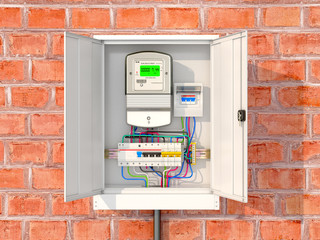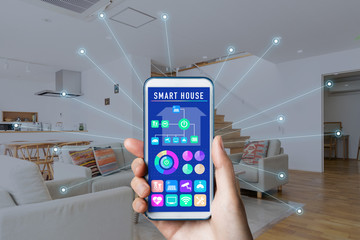Wireless Meters and Sensors
Emerging Power manufactures custom battery assembles for a variety of Smart Meter applications. Our highly experienced engineering team will assist you from the initial concept, through the design stage, and into production. Depending on the application, and requirements, we will recommend the best possible battery or cell solution for your end product. Whether a primary non-rechargeable or rechargeable battery, let us help you through the process to provide you with the best performing battery pack solution for your end product.
Smart Meters

There are several advantages in using smart meters. Utility companies can benefit from the automated data collection, avoiding human errors due to manual readings and, ultimately, reducing labor costs. Also, statistic data collection becomes easier, allowing optimal sizing and utilization of the distribution network. Diagnosis and instantaneous fault detection allow predictive maintenance, resulting in a more efficient and reliable distribution network. Moreover, utilities can offer additional services such as real-time pricing, based on different time slots during the day. Some operations can be postponed in time, when the cost of the service is lower, allowing users to save money and utilities to effectively manage peak demands.
Once connected to the home network, the smart meters can provide useful information on the consumer’s habits. It will be possible to know the energy consumption of a washer cycle, the water required to water the garden, the daily gas consumption for heating. Several studies show that simple awareness can produce savings of 20% or more. Given the opportunity to save money by curbing resource use and given the technology to take action to reduce it, consumers will take the action, with savings up to 50%.
Smart meters will allow a reduction of the primary resources on the user side, savings on the losses on the utility side, ultimately helping in the goal to reduce carbon emissions making the Earth a greener place to live.
Gas and water wireless meters

Smart meters do not need the internet to communicate. Instead, they work by using two wireless networks: the HAN (home area network) and WAN (wide area network). Which network they use depends on what they’re communicating with. Your HAN is a secure network that allows digital devices to communicate with each other. This network is used to allow your smart gas and electricity meters to communicate with each other, as well as with your in-home display. When smart meters need to communicate with an energy or water provider, they use WAN. This secure network is similar to the one mobile phones use to send and receive data. It’s run by the Data Communications Company and overseen. This means it must comply with strict regulations to ensure smart meter data is kept private and secure.
Smart Parking Meters

A wire grid under the pavement triggers a sensor whenever a car pulls in. The information can be sent by a wireless network via radio signals to traffic enforcers so they’d know when time runs out on any parking spot in town. The meter resets itself as soon as the car pulls away, so the next car has to pay the full fee Smart parking systems aim to take the stress out of finding a parking space in city centers where it is estimated that up to 30% of all cars in the city are looking for parking spots at a given time.

